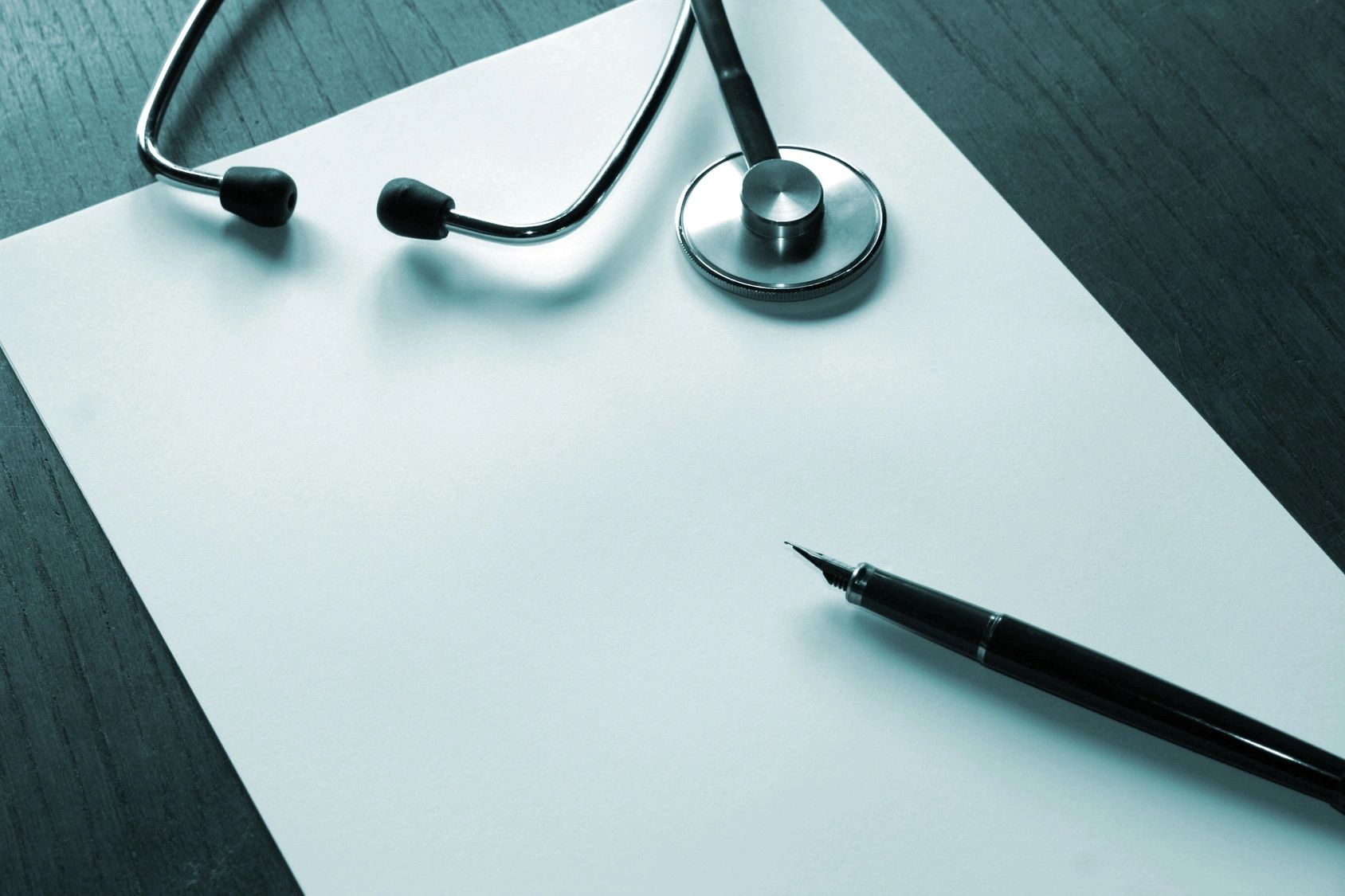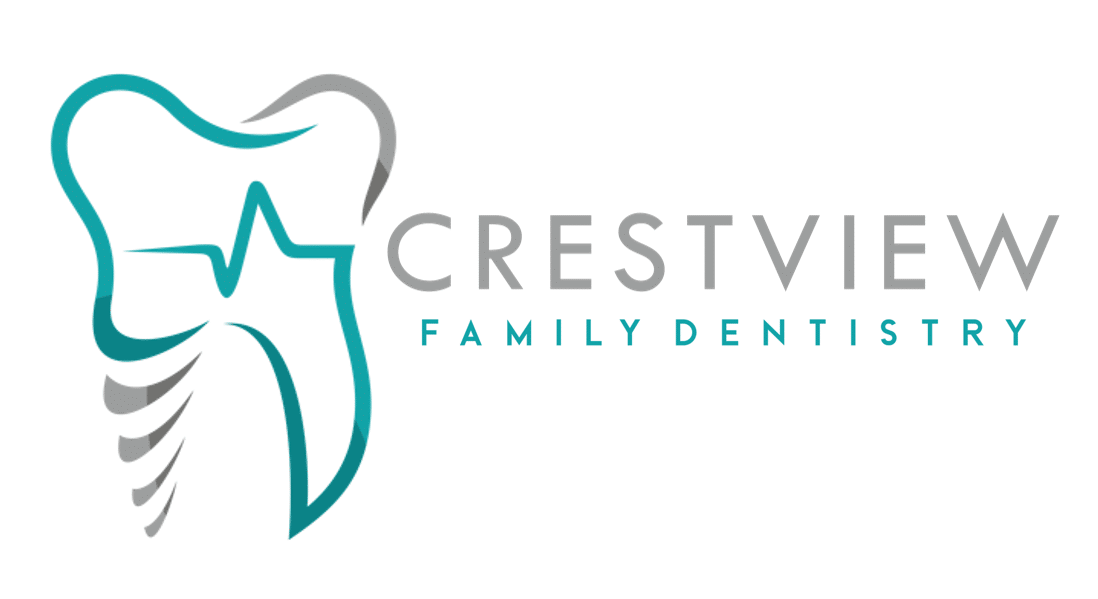
IV Sedation
Patients with dental anxiety and/or procedures that can be more involved (i.e. impacted wisdom teeth extractions), can benefit from IV sedation. IV sedation is a form of conscious sedation which allows you to experience a "twilight" level of consciousness throughout the procedure, to help you feel relaxed during your appointment. This method does not put you fully to sleep, but it does make you less aware of the procedure. You are still able to respond to verbal commands and do not require assisted breathing. Patients have minimal or no awareness of the procedure. Patients electing this option will need a driver present during the procedure. At our office, Dr. Shane Turgeon is certified in IV Sedation from advanced training during his residency. Our office is certified for the administration of IV Sedation and a required inspection of our emergency equipment, was to ensure your safety.
SURGICAL INSTRUCTIONS:
PRE-OPERATIVE INSTRUCTIONS
The following pre-operative instructions should be followed for patients undergoing intravenous anesthesia:
- You may not have anything to eat or drink (including water) for eight (8) hours prior to the appointment. The exception to this is minimal intake of water with necessary medications (i.e. blood pressure medications).
- A responsible adult must accompany the patient to the office, remain in the office during the procedure, and be able to drive the patient home.
- The patient should not drive a vehicle or operate any machinery for 24 hours following the anesthesia experience.
- Please wear loose fitting clothing with sleeves which can be rolled up past the elbow, and closed-toed shoes (to avoid tripping hazards). Contact lenses, jewelry, and dentures must be removed at the time of surgery.
- Please remove nail polish prior to your appointment. If you have artificial/acrylic nails on, please have the nails removed from the two index fingers prior to your appointment. This is necessary due to an oxygen-monitoring device placed on your finger.
- Please remove any dental appliances and oral piercings.
- Please remove all jewelry, watches, phones, and valuables prior to surgery. Your driver will be asked to keep all personal items, as we do not want items lost during or after treatment.
What to expect following a surgical Procedure:
The following conditions may occur, all of which are considered normal:
- The surgical area may swell.
- Swelling peaks on the second or third post-operative day.
- Trismus (stiffness) of the muscles may cause difficulty in opening your mouth for a period of days.
- You may have a slight earache.
- A sore throat may develop.
- Your other teeth may ache temporarily. This is referred pain and is a temporary condition.
- If the corners of the mouth are stretched out they may dry and crack. Your lips should be kept moist with cream or ointment.
- After 24 hours it may be advised to use warm salt water area it is healed (unless provided alternative Rx mouthrinse). Do not perform sucking/spitting/swishing motions, instead tilt your head into the direction of the surgical sites, then lean over the sink and let the salt water drain out instead of spitting.
- There may be a slight elevation of temperature for 24 to 48 hours. If temperature continues to increase, notify us (if we are closed, please contact emergency center if the temperature is 101 degrees F or greater).
- It is not unusual to develop bruising in the surgical area.
- Please take all prescriptions as directed.
Women please note: Some antibiotics may interfere with the effectiveness of your birth control pills. Please check with your pharmacist or physician.
GENERAL ORAL CARE FOLLOWING SURGERY:
- Do not rinse or spit for 24 hours after surgery.
- Keep fingers and tongue away from socket or surgical area.
- Use ice packs on surgical area (side of face) for first 24 to 48 hours, apply ice 20 minutes on - 10 minutes off. Bags of frozen peas work well. Use moist heat after 24 hours.
- For mild discomfort take Tylenol or Ibuprofen every three to four hours (your doctor will advise of the dosage).
- For medium or severe pain use the prescription given to you.
- Drink plenty of fluids. (Do not drink through a straw).
- After the first post-operative day, use a warm salt-water rinse following meals for the first week to flush out particles of food and debris which may lodge in the surgical area. (1/2 teaspoon of salt in a glass of warm water.)
- Diet may consist of soft foods which can be easily chewed and swallowed. No seeds, nuts, rice, popcorn, etc. Please follow the additional advised diet if an implant was placed.
- A certain amount of bleeding is to be expected following surgery. Bleeding is controlled by applying pressure to the surgical area using small rolled gauze for 90 minutes. After that time remove the gauze and then you may eat or drink. If bleeding persists, a moist teabag should be placed in the area of bleeding and bite firmly for one hour straight. This will aid in clotting blood. Repeat if necessary. If bleeding still persists call our office.
- We suggest that you do not smoke for at least five (5) days after surgery. Nicotine may break down the blood clot and cause a "Dry-Socket." It also inhibits blood flow to the area, which slows healing (i.e. prevents integration of implants or slows healing of extraction sites).
- It is normal to see blood in your saliva. If you are the "driver" to a sedation patient, we recommend using bedding that can be bleached in the event that the patient falls asleep and has their mouth open (due to blood in saliva).
SPECIAL CONSIDERATIONS FOLLOWING REMOVAL OF IMPACTED TEETH:
- Removal of impacted teeth is a surgical procedure. Post-operative problems are not unusual, and extra care must be taken to avoid complications.
- Severity of post-operative pain will depend on the procedure and your physical condition. Take prescribed medication for pain precisely as directed.
- Healing of the surgical site is variable.
- Swelling can be expected. Be certain to apply ice bags as directed above.
- Difficulty in opening your mouth widely and discomfort upon swallowing should be anticipated.
- Numbness of lips and/or tongue on the affected side may be experienced for a variable period of time.
FURTHER POST-OPERATIVE INSTRUCTIONS
What you should do following extractions and other Oral Surgery procedures is follow the simple instructions below to minimize complications and help ensure prompt recovery.
- To control bleeding
Immediately following procedure, keep a steady pressure on the bleeding area by biting firmly on the gauze placed there by your doctor. Pressure helps reduce bleeding and permits formation of a clot in the tooth socket. Gently remove the compress after the local anesthesia has worn off and normal feeling has returned.
After 24 hours: some oozing of blood may persist. If necessary, resume the use of moist tea bags. After the bleeding has stopped, cautiously resume oral hygiene.
- To relieve pain
Immediately following the procedure: begin taking medication as directed by your dentist to minimize discomfort when the anesthesia wears off and feeling is back to normal. Application of an ice bag can also help relieve discomfort.
After 24 hours: continue to take your medication if pain persists, and use an ice bag if necessary. - To minimize swelling
Immediately following the procedure, apply an ice bag over the affected area. Use 20 minutes on and 20 minutes off for a period of 24 hours, to help prevent development of excessive swelling and discomfort. If an ice bag is unavailable, simply fill a heavy plastic bag with crushed ice. Tie end securely and cover with a soft cloth to avoid skin irritation.
After 24 hours: it should not be necessary to continue with cold applications. You may expect swelling for four (4) days to one week and a fever of 99 degrees F to 100 degrees F.
- Oral hygiene is important
24 hours after surgery, rinse mouth gently with a solution of one-half teaspoonful of salt dissolved in a glass of water. Repeat after every meal or snack for seven days. Rinsing is important because it removes food particles and debris from the socket area and thus helps prevent infection and promote healing. Brush tongue with a dry toothbrush to keep bacteria growth down, but be careful not to touch the extraction site.
Resume your regular tooth brushing, but avoid disturbing the surgical site so as not to loosen or remove the blood clot.
- Maintain a proper diet
Have your meals at the usual time. Eat soft, nutritious foods and drink plenty of liquids - with meals and in between. Have what you wish, but be careful not to disturb the blood clot. Add solid foods to your diet as soon as they are comfortable to chew.
IN CASE OF PROBLEMS
You should experience no trouble if you follow the instructions and suggestions as outlined. But if you should have any problems such as excessive bleeding (following the use of gauze and tea bags), pain, or difficulty in opening your mouth, call us immediately for further instructions or additional treatment.
Feel free to contact us at (850) 683-3544 if any doubt arises as to your progress and recovery.
FOLLOW-UP VISIT
A follow-up visit may be scheduled, depending on the type of treatment performed. In the meantime, maintain a healthy diet, observe rules for proper oral hygiene, and visit your dentist for regular checkups.
